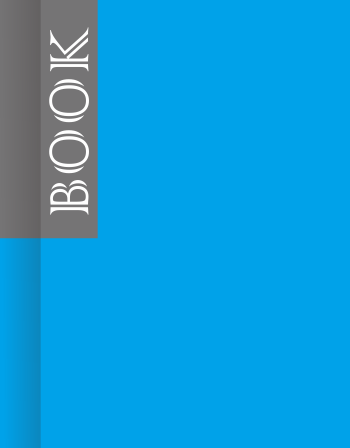DIGITAL LIBRARY
 | JUDUL | : | PENGUKURAN POTENSI EMISI GAS METAN (CH4) DAN KARBONDIOKSIDA (CO2) DENGAN METODE SUNGKUP APUNG DI KOLAM LIMBAH ANAEROBIK PADA PENGOLAHAN LIMBAH CAIR PABRIK KELAPA SAWIT (LCPKS) |
| PENGARANG | : | EDI GUNAWAN | |
| PENERBIT | : | UNIVERSITAS LAMBUNG MANGKURAT | |
| TANGGAL | : | 2019-03-14 |
The oil palm plantation and processing industry is a key industry for the Indonesian economy, the export of palm oil is an important source of foreign exchange and the industry provides employment opportunities for millions of Indonesians. The total production of palm oil industry in 2017 amounted to 39.17 million tons of CPO production and 3.05 million tons of palm kernel oil (PKO). According to data from the Central Bureau of Statistics (BPS), the total area of ??oil palm plantations in Indonesia at present reaches about 11.3 million hectares which produces CPO production of 32 million tons. The palm oil mill effluent (LCPKS) is one of the byproducts of palm oil mills derived from sterilized condensate, water from the clarification process, hydrocyclone water (claybath), and factory washing water containing various organic compounds by bacteria anaerobes can produce biogas that belongs to the GRK. The purpose of this research is to measure the potential of GHG emission of CH4 and CO2 gas produced from palm oil liquid (LCPKS) by using gas capturing caps. Results There was no significant association between CH4 and CO2 emissions with temperature and pH in the anaerobic pool of palm oil wastewater of this study. The highest CH4 emission measurements were generated at 08.00-09.00 and the lowest was at 12.00-13.00 while the highest measurements of CO2 emissions were generated at 08.00-09.00 and the lowest was at 12.00-13.00. The highest total GWP is at 08.00-09.00 and the lowest is at 12.00-13.00.
| NO | DOWNLOAD LINK |
| 1 | FILE 1 |
File secara keseluruhan dapat di unduh DISINI